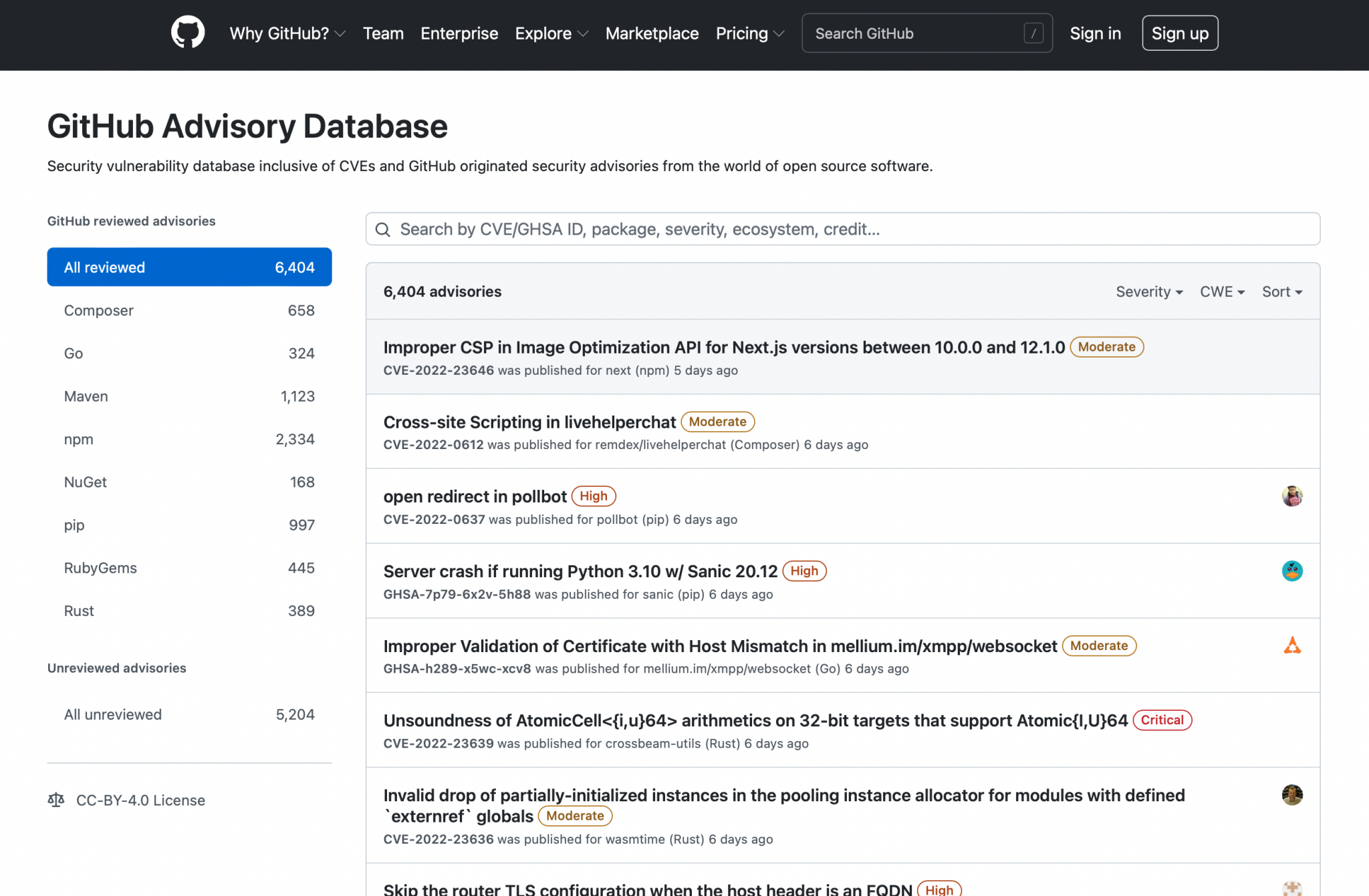Cry…
Researchers have shown that crying releases endogenous opioids, often known as endorphins, and the oxytocin hormone. These feel-good medications aid in reducing both mental and physical suffering.
Science explains why crying makes you feel better afterward if you've ever experienced it. You feel better psychologically and emotionally after crying, and crying has surprising physical advantages. A good weeping (sometimes) is a crucial method to renew our thoughts and bodies, although excessive sobbing can be an indication of melancholy, and anxiety, such as certain neurological problems. This is why-
Our eyes benefit from crying:
The first kind of tears—basal secretory tears—are routinely produced by our eyes to maintain them hydrated, germ-free, and clean. These are often present at all times. Reflex tears, the second type, are triggered by things like smoke, foreign objects in the eyes, chopping an onion, or using potent spices.
The third sort, emotional tears, are the ones that are triggered by emotions. According to board-certified ophthalmologist Diane Hilal-Campo, MD, "Emotional tears are distinctive in that they contain proteins and hormones not present in basal secretion or reflex tears." These so-called "additives" may have calming or painkilling effects that assist in regulating the body and restoring it to its pre-existing condition.
It's emotionally relieving to cry:
Crying is a healthy method to express or let go of a variety of emotions, including grief, anger, and joy. According to research, weeping has a therapeutic impact that can relieve stress. According to several research, suppressing emotions, such as not crying, might worsen mental health issues. According to a 2012 research, excessive emotional energy can lead to powerful emotions like sobbing, which tears assist might relieve. They discovered that weeping can reduce stress and unpleasant emotions, regardless of the stressor's removal.
Healthy levels of crying are natural, but what defines a healthy amount?
The American Psychological Association reports that, while there are no hard rules as to how often we should weep, on average, women shed emotional tears several times a month (30 to 64 times a year), but males may just shed them once in a month or two (5 to 17 times a year). You're sobbing a healthy amount if you fall into the range, but ultimately it depends on your personality and your situation.
An important sign of clinical depression like sadness or anxiety is excessive sobbing. Pseudobulbar affect is a neurological condition that can be brought on by certain neurological conditions brought on by trauma or brain disorders. People may cry or laugh uncontrollably when in this abnormal neurological condition.
It's important to get treatment if you're sobbing a lot. Make an appointment with your doctor to discuss your worries and potential treatments. It's healthy for you to weep if you're sobbing a normal amount, so feel free to do so.
Researchers have shown that crying releases endogenous opioids, often known as endorphins, and the oxytocin hormone. These feel-good medications aid in reducing both mental and physical suffering.
Science explains why crying makes you feel better afterward if you've ever experienced it. You feel better psychologically and emotionally after crying, and crying has surprising physical advantages. A good weeping (sometimes) is a crucial method to renew our thoughts and bodies, although excessive sobbing can be an indication of melancholy, and anxiety, such as certain neurological problems. This is why-
Our eyes benefit from crying:
The first kind of tears—basal secretory tears—are routinely produced by our eyes to maintain them hydrated, germ-free, and clean. These are often present at all times. Reflex tears, the second type, are triggered by things like smoke, foreign objects in the eyes, chopping an onion, or using potent spices.
The third sort, emotional tears, are the ones that are triggered by emotions. According to board-certified ophthalmologist Diane Hilal-Campo, MD, "Emotional tears are distinctive in that they contain proteins and hormones not present in basal secretion or reflex tears." These so-called "additives" may have calming or painkilling effects that assist in regulating the body and restoring it to its pre-existing condition.
It's emotionally relieving to cry:
Crying is a healthy method to express or let go of a variety of emotions, including grief, anger, and joy. According to research, weeping has a therapeutic impact that can relieve stress. According to several research, suppressing emotions, such as not crying, might worsen mental health issues. According to a 2012 research, excessive emotional energy can lead to powerful emotions like sobbing, which tears assist might relieve. They discovered that weeping can reduce stress and unpleasant emotions, regardless of the stressor's removal.
Healthy levels of crying are natural, but what defines a healthy amount?
The American Psychological Association reports that, while there are no hard rules as to how often we should weep, on average, women shed emotional tears several times a month (30 to 64 times a year), but males may just shed them once in a month or two (5 to 17 times a year). You're sobbing a healthy amount if you fall into the range, but ultimately it depends on your personality and your situation.
An important sign of clinical depression like sadness or anxiety is excessive sobbing. Pseudobulbar affect is a neurological condition that can be brought on by certain neurological conditions brought on by trauma or brain disorders. People may cry or laugh uncontrollably when in this abnormal neurological condition.
It's important to get treatment if you're sobbing a lot. Make an appointment with your doctor to discuss your worries and potential treatments. It's healthy for you to weep if you're sobbing a normal amount, so feel free to do so.
Cry…
Researchers have shown that crying releases endogenous opioids, often known as endorphins, and the oxytocin hormone. These feel-good medications aid in reducing both mental and physical suffering.
Science explains why crying makes you feel better afterward if you've ever experienced it. You feel better psychologically and emotionally after crying, and crying has surprising physical advantages. A good weeping (sometimes) is a crucial method to renew our thoughts and bodies, although excessive sobbing can be an indication of melancholy, and anxiety, such as certain neurological problems. This is why-
Our eyes benefit from crying:
The first kind of tears—basal secretory tears—are routinely produced by our eyes to maintain them hydrated, germ-free, and clean. These are often present at all times. Reflex tears, the second type, are triggered by things like smoke, foreign objects in the eyes, chopping an onion, or using potent spices.
The third sort, emotional tears, are the ones that are triggered by emotions. According to board-certified ophthalmologist Diane Hilal-Campo, MD, "Emotional tears are distinctive in that they contain proteins and hormones not present in basal secretion or reflex tears." These so-called "additives" may have calming or painkilling effects that assist in regulating the body and restoring it to its pre-existing condition.
It's emotionally relieving to cry:
Crying is a healthy method to express or let go of a variety of emotions, including grief, anger, and joy. According to research, weeping has a therapeutic impact that can relieve stress. According to several research, suppressing emotions, such as not crying, might worsen mental health issues. According to a 2012 research, excessive emotional energy can lead to powerful emotions like sobbing, which tears assist might relieve. They discovered that weeping can reduce stress and unpleasant emotions, regardless of the stressor's removal.
Healthy levels of crying are natural, but what defines a healthy amount?
The American Psychological Association reports that, while there are no hard rules as to how often we should weep, on average, women shed emotional tears several times a month (30 to 64 times a year), but males may just shed them once in a month or two (5 to 17 times a year). You're sobbing a healthy amount if you fall into the range, but ultimately it depends on your personality and your situation.
An important sign of clinical depression like sadness or anxiety is excessive sobbing. Pseudobulbar affect is a neurological condition that can be brought on by certain neurological conditions brought on by trauma or brain disorders. People may cry or laugh uncontrollably when in this abnormal neurological condition.
It's important to get treatment if you're sobbing a lot. Make an appointment with your doctor to discuss your worries and potential treatments. It's healthy for you to weep if you're sobbing a normal amount, so feel free to do so.





